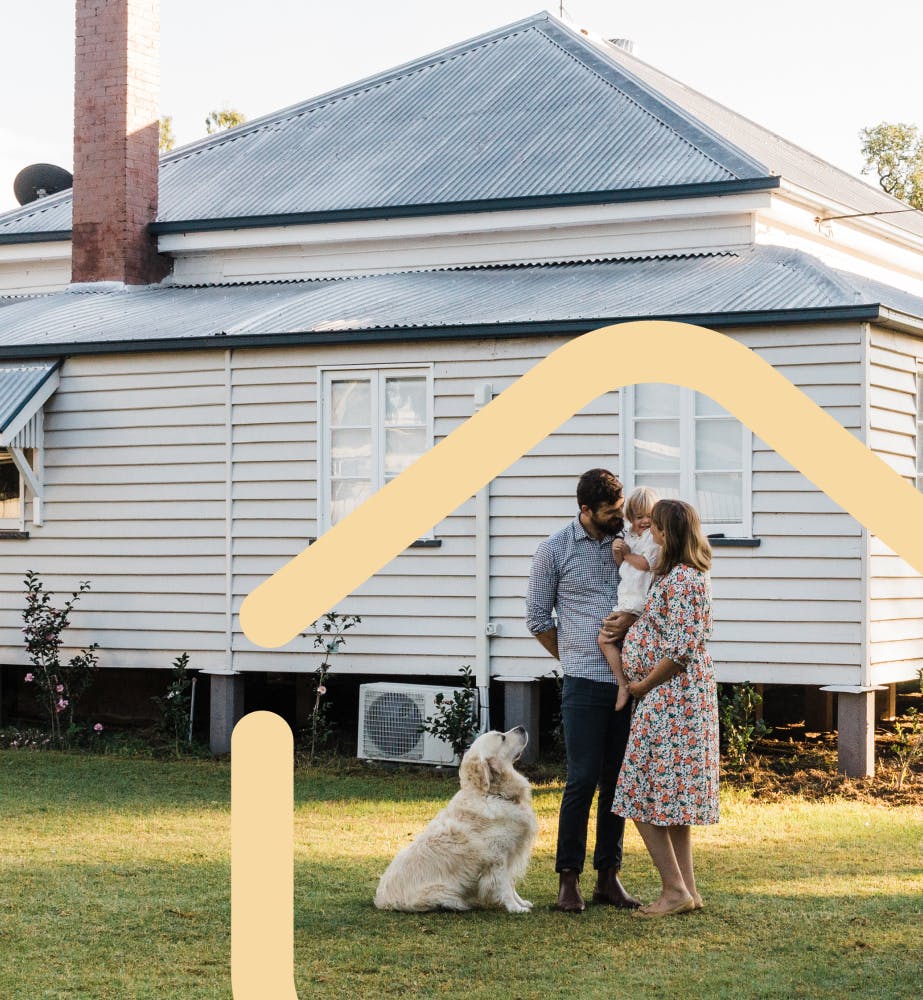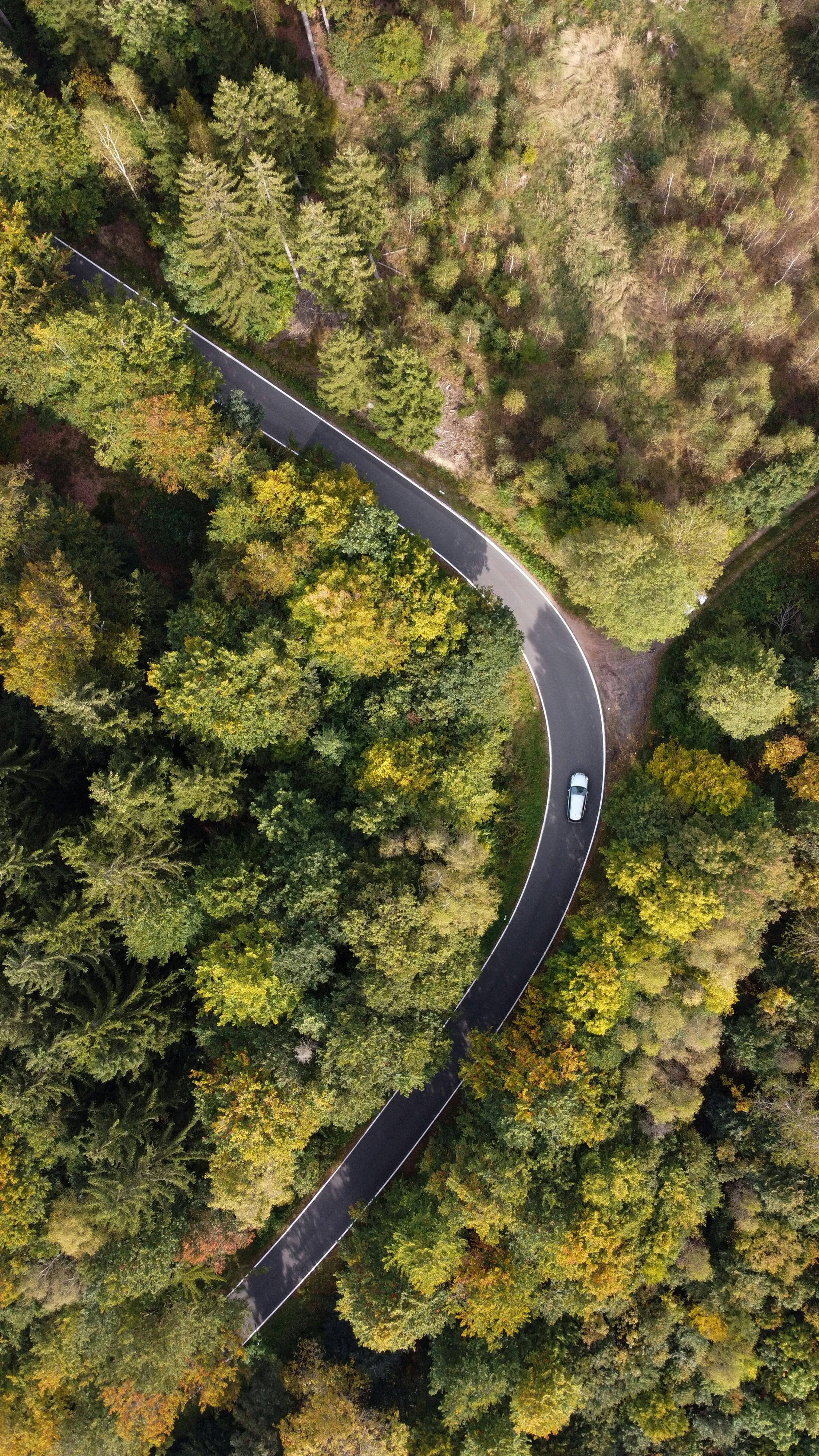Last year saw something of a coming of age for the circular economy in Australia. After years of it being little more than a buzzword, we finally saw an acceleration of activity from policy-makers, local government and corporations.
With procurement being a key enabler of the circular economy, it was unsurprising to see “circular procurement” increasingly popping up in discussions, strategies and initiatives across the country, so we thought we’d take a look at what the term means, and how to put it into practice.
What is circular procurement?
Circular procurement is the strategic purchase of goods and services that contribute to the circular economy. It places clear emphasis on their full lifecycle and, in particular, what can be done with them at end-of-life in order to keep the component materials in use for as long as possible and in the highest-value form. This may lead to procurement teams looking at opportunities such as:
- Products that are designed to have a longer lifespan and/or are easier to refurbish, repair or remanufacture.
- Goods that have an associated stewardship scheme or readily accessible recycling facilities.
- Products (e.g. buildings) that are designed for flexibility so that they can repurposed to meet changing requirements.
- Product-as-a-service models, including the sharing economy.
As we move towards a more circular economic model, creating increased demand for circular products will be vital as a means of stimulating supply and innovation.
How does circular procurement differ from sustainable procurement?
There are obviously significant overlaps between the two. Circular procurement tends to be more squarely focussed on environmental sustainability, while sustainable procurement also includes consideration of social issues. It’s also perhaps fair to say that circular procurement has a more definite goal: that procurement activities fit within a truly circular economy. While this may not be achievable in the short term, it avoids some of the subjectivity that may arise when organisations are simply looking to become “more sustainable” in the goods and services that they purchase.
Despite these important differences, many of the tools and approaches that are used in sustainable procurement can also be used for circular procurement. However, one important key aspect of circular procurement is that, done well, it requires a significant level of engagement and collaboration up and down the value chain. Procurement teams not only need to work with suppliers, but also need to think about how customers will use the products and services that they provide, and also the wider system in which they’re operating. For example, purchasing components made of (theoretically) recyclable materials isn’t circular if there is no realistic prospect of relevant recycling facilities being put in place in key customer locations.
How can you get started with circular procurement?
First of all, it makes sense to make sure that the basics of sustainable procurement are in place within your organisation: review your systems and processes against ISO20400 and address any gaps (we appreciate that this may not be a trivial task!). The next step is to understand the circular hotspots and opportunities in your supply chain: where are the biggest impacts across the lifecycles of the products and services that you buy, and which of them can be most easily addressed. It’s worth noting that those two things may not line up – for example steel and concrete are both big impact materials in construction, but it’s often easier to find a high-value re-use or recycling opportunity for the former than for the latter.
Once you understand these elements of your supply chain, you need to create category management plans for those categories of supply that can make the biggest contribution to your circular procurement journey. This is a key point at which external engagement comes in: you’ll need to work with suppliers, customers and wider stakeholders to understand what’s available, what’s possible both now and in the likely future, and what barriers and opportunities exist. Open dialogue and clear expectations will help to drive upstream product innovation and encourage the development of downstream reuse, repair, remanufacturing and recycling business models.
Sounds daunting?
Creating a circular economy is an ominous task. But it’s no different to many other sustainability challenges in that respect: whether it’s achieving net-zero emissions or eliminating modern slavery. If, over the coming years, your procurement practices can support (more) circular outcomes in just a few key categories, you’ll be taking a big step forward – especially when we think about the aggregate impacts of those changes across multiple organisations. The important thing is to make a start and to help create a virtuous circle of innovation and collaboration: the more of us working on circular procurement, the easier – and more normal – it will become.
To find out more about how we can help you put in place circular procurement practices, please contact Sebastian Salcedo Velasquez (sebastian.salcedo@edgeimpact.global).

CRJO partnered with Edge to develop a toolkit for retrofitting homes, boosting bushfire resilience for homeowners, councils, and industry.







